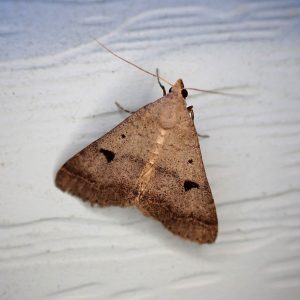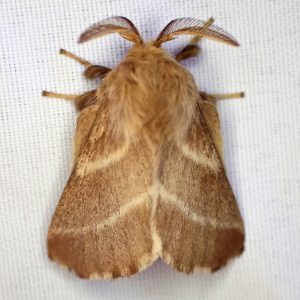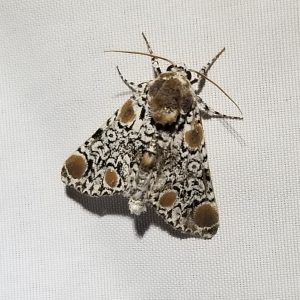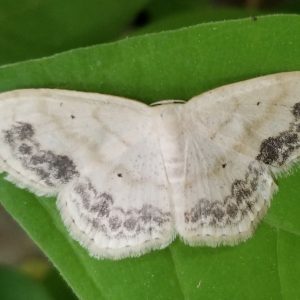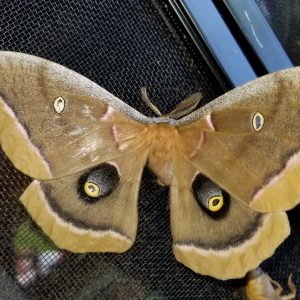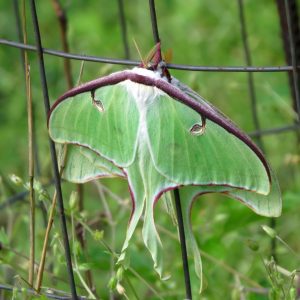By Joe Sebastiani, Director of Adult Engagement
Welcome to National Moth Week 2023! From July 22 to July 30, organizers of Moth Week encourage you to get outside, especially at night, and try to observe and photograph moths. If you take any moth photos, upload them to iNaturalist, or any of the citizen science portals suggested at the National Moth Week website. This way, your sighting can be a contribution to science, and you’ll help expand our understanding of moth distribution. Plus, it is really fun!
Moths and butterflies are in the order Lepidoptera and there aren’t many differences between them. They are very similar insects other than most moth species are active at night, and moth antenna never end in a bulb or club like a butterfly.
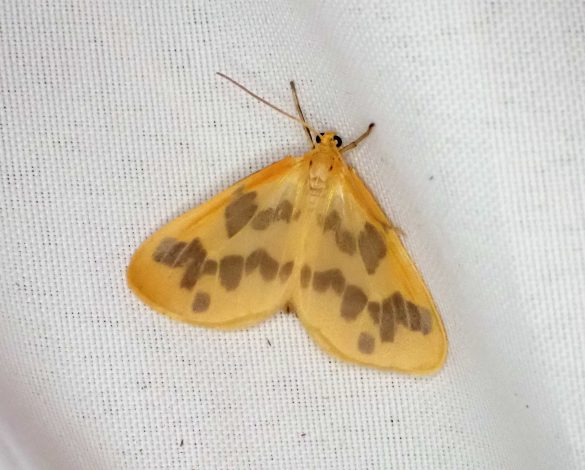
How to Find Moths
Finding moths is easy, but most are active at night. During the day, simply walk down a path in the woods or a meadow and see what flushes in front of you. Some moths will perch and allow you to get a close photo. After dark, moths can be seen at your porch light.
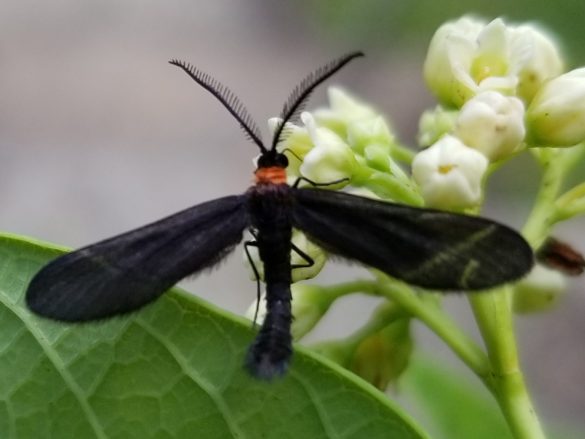
By walking slowly and looking on buildings or tree trunks, you might see moths hiding during the day. Many of these species are cryptically patterned, relying on camouflage to escape predation. If you look closely, you might see some of these.
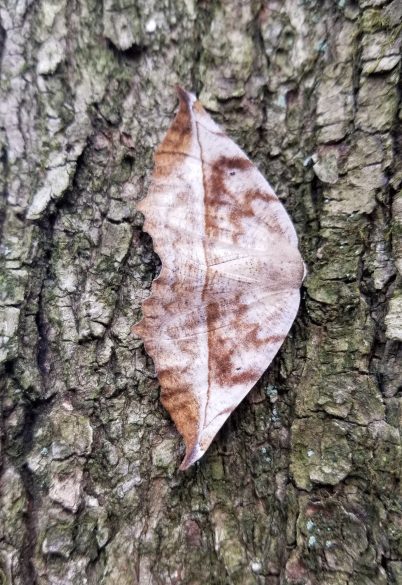
Join us for Mothing Night at Ashland
To see a lot of moths, it is best to use an ultraviolet light, mercury vapor light, or special baits to attract them but not everyone has this equipment, however. This Thursday evening, we will be hosting a Mothing Night at Ashland Nature Center where we will use these techniques to attract moths. If you would like to attend this program, register here. There will be good photo opportunities, and we’ll be identifying various species that are drawn into several moth stations.
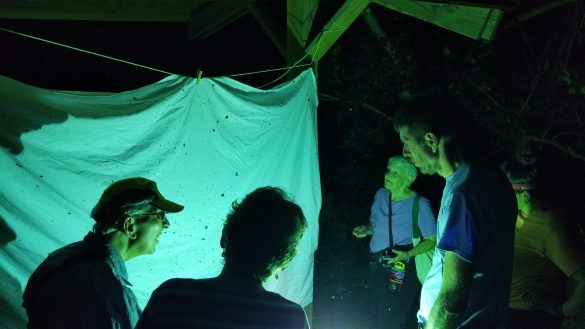
Go Mothing
There is a vast array of moth species, shapes, sizes, colors, etc. Get out this week or sometime over the summer and see what you can find. Bring your phone or camera to get some photos and share them on a citizen science project like iNaturalist. Discover exciting and beautiful species you never knew existed each time you look. Mothing is a great activity growing in popularity, so join the fun and enjoy moths!
